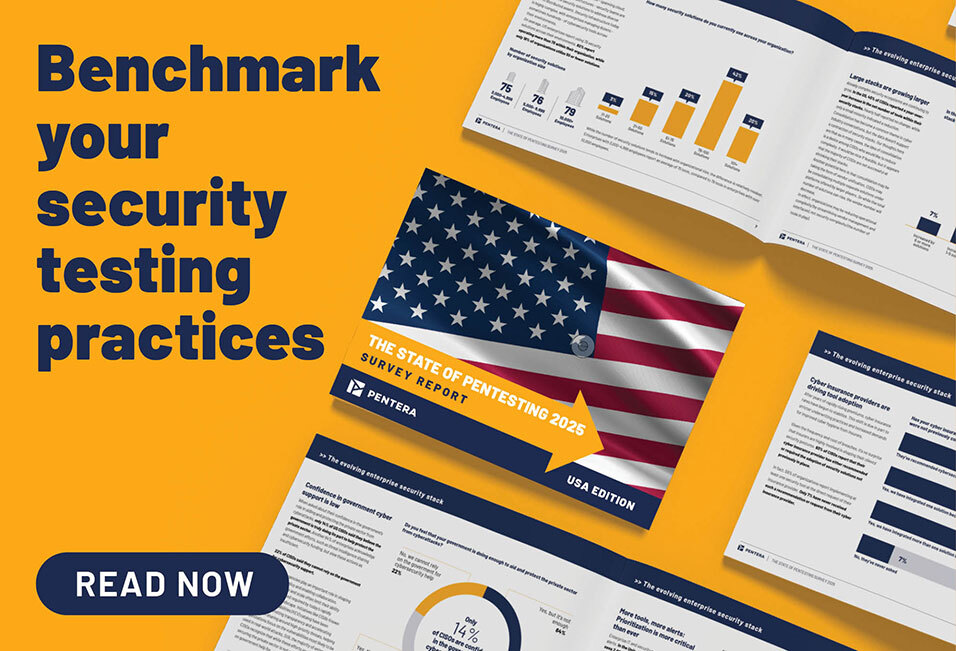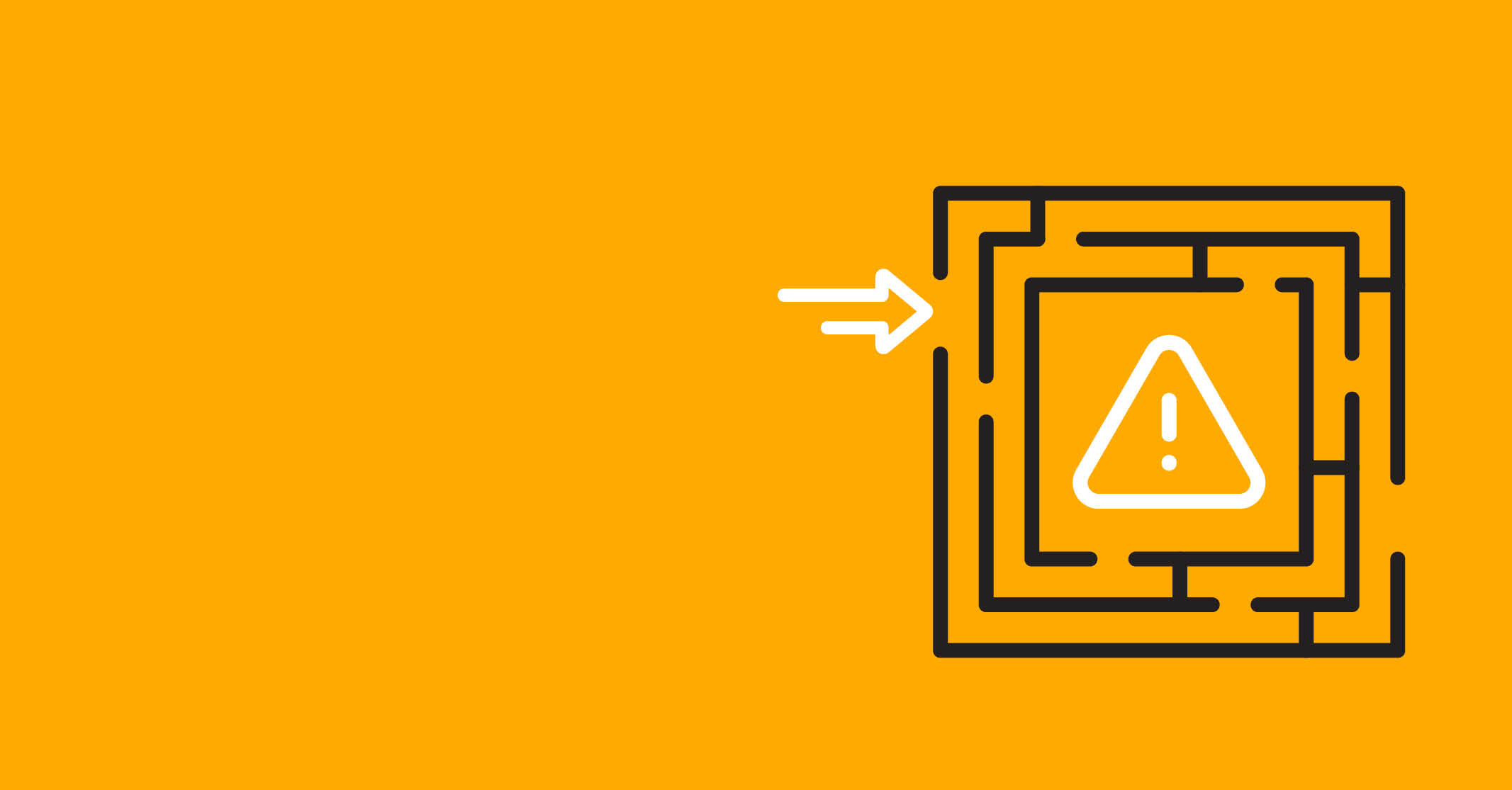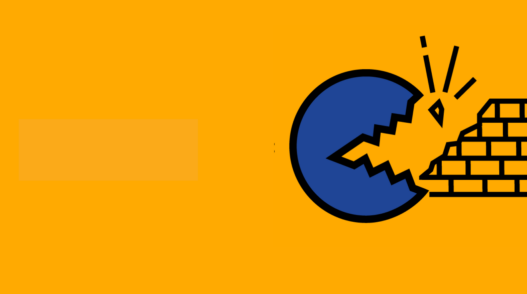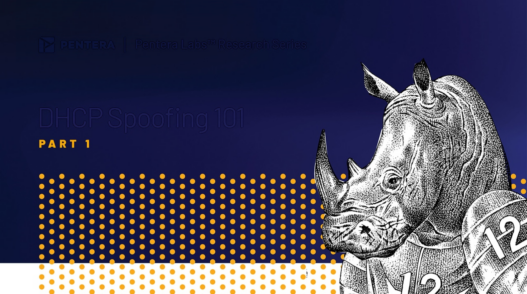The last couple of years will be remembered for many things in cybersecurity, but the MOVEit breach stands out as a painful lesson in what happens when you overlook the basics. A widely used file transfer tool, MOVEit Transfer, became the weak link in the chain for countless organizations worldwide. The culprit? A previously unknown SQL injection vulnerability that allowed cybercriminals to walk right through the front door, compromising sensitive data across multiple industries.
The MOVEit breach had a significant impact, affecting nearly 1,000 organizations and exposing the personal data of around 60 million individuals. This incident wasn’t just another blip on the cybersecurity radar—it was a wake-up call. It highlighted the critical importance of managing your attack surface, especially when relying on third-party software. If you’re not actively monitoring and securing every potential entry point, you’re playing with fire. The MOVEit breach is a textbook case of why Attack Surface Management (ASM) isn’t just nice to have—it’s essential. Effective ASM cybersecurity reduces the attack surface by identifying, managing, and securing exposed assets. For organizations struggling with legacy infrastructure, ASM can uncover and remediate vulnerabilities in older systems. Additionally, adopting external attack surface management can provide critical visibility into externally exposed risks.
What is Attack Surface Management (ASM)?
Let’s cut to the chase. Attack Surface Management (ASM) is the ongoing process of identifying, managing, and reducing the vulnerabilities that make up your organization’s attack surface. It draws on information from traditional vulnerability management tools and processes for greater context when analyzing and prioritizing vulnerabilities. It also integrates with threat detection and response technologies—including security information and event management (SIEM), endpoint detection and response (EDR) or extended detection and response (XDR)—to improve threat mitigation and accelerate enterprise-wide threat response.
Key Components of Effective ASM
- Comprehensive Attack Surface Discovery
If you don’t know what you have, how can you protect it? ASM starts with identifying and mapping every potential entry point—whether it’s a legacy system you forgot about or a third-party tool like MOVEit. Techniques like DNS enumeration, port scanning, and Open Source Intelligence (OSINT) are crucial for getting a complete picture. Pentera’s solution for Attack Surface Monitoring offers continuous visibility of your internet-facing assets, ensuring that no exposure or security gap goes unnoticed. - Findings Analysis and Classification
Once you’ve mapped your attack surface, the next step is understanding the risks. Not all vulnerabilities are created equal. The MOVEit vulnerability was a ticking time bomb, and it went off because it wasn’t prioritized. ASM isn’t about patching everything; it’s about making informed decisions on what to fix first based on potential impact. This aligns with Pentera Surface’s adversary perspective emulation which helps you spot misconfigurations and software flaws that represent potential attacker entry points and pose true business risk. - Strategies for Minimizing the Attack Surface
Here’s the hard truth: you can’t secure what you don’t manage. Reducing your attack surface means making tough calls—decommissioning outdated systems, segmenting your network, and tightening access controls. The goal is to minimize potential entry points so that even if a breach occurs, its impact is contained. Web Exposure Validation tools play a critical role here by safely exploiting mapped assets to uncover security gaps and potential attack vectors, allowing you to address them before they are exploited.
Top Tools and Technologies for ASM
In the aftermath of MOVEit, the need for strong ASM tools is clear. Modern ASM solutions, like Pentera’s Surface, offer critical features to effectively harden your external attack surface:
- Real-Time Attack Surface Monitoring: You need to know the moment something changes. Gain real-time visibility into external-facing assets and receive alerts about new exposures.
- Adversary Perspective: By emulating a hacker’s tactics, you can uncover configurations and attributes that may serve as entry points and identify vulnerabilities that could otherwise go unnoticed.
- Web Exposure Validation: Validate, don’t assume. Test your web-facing assets against real-world attack scenarios with safely engineered malware. Validate how known attack vectors could be exploited in an attack.
- Targeted Remediation Recommendations: With countless vulnerabilities to address, it’s essential to prioritize those that pose the greatest risk. Guided remediation steps ensure you make the most of your available resources.
These features help you continuously map your external attack surface, launch safe-by-design attacks, and prioritize exposure remediation, by allowing you to see your most attractive assets as adversaries would.
Best Practices for Proactive Attack Surface Management
Implement Continuous Monitoring
Cyber threats evolve every day, and so should your approach to ASM. By using continuous monitoring, you can make sure any changes in the attack surface are promptly detected and addressed, maintaining adaptive security in an evolving threat landscape.
Integrate ASM with Security Operations
ASM isn’t a siloed activity. Integrating ASM threat intelligence within your Security Operations Center (SOC) is key to understanding your overall security stance. The gained insights can be the difference between catching a vulnerability like MOVEit in time or facing the consequences.
Run Regular Assessments and Updates
The digital landscape is constantly changing, and consequently your attack surface. Regular assessments are essential to ensuring your security posture adapts to these changes. Once the uncovered assets have been classified, the ASM tool generates a report listing all uncovered assets, categorized and correlated with the type of risk they generate. With Pentera Surface, you can conduct regular, automated assessments to maintain an accurate view of your security readiness.
Conduct Periodic Assessments
Regular assessments are key to maintaining a strong security posture. ASM dashboards and reporting offer a wealth of information at a glance providing insights on your organization’s overall security posture. The information displayed includes the number and type of assets, risk and exposure levels, as well as visualized full attack paths – starting from the root cause all the way to business impact. With Pentera Surface’s automated reporting, assessments become a seamless part of your ongoing security operation, ensuring that you harden your external attack surface.
Centralized Dashboards for ASM Visibility
Centralized dashboards are crucial for maintaining visibility across your attack surface. By tracking metrics such as risk exposure, attack surface coverage, and time to detection and remediation, you ensure that decision-making is informed and that stakeholders remain aligned on security priorities.
Don’t Wait for the Next MOVEit
The MOVEit breach should be a turning point for any organization serious about cybersecurity. It highlighted the critical importance of Attack Surface Management and the risks of relying too heavily on third-party software without proactive oversight. ASM isn’t just another checkbox—it’s the cornerstone of a strong, resilient cybersecurity strategy. If you’re not prioritizing ASM, you’re leaving the door open for the next MOVEit. Don’t wait for the next breach—start managing your attack surface today.
Ready to take control of your attack surface? Explore how Pentera’s Surface solution can help you proactively manage vulnerabilities and strengthen your security posture.







